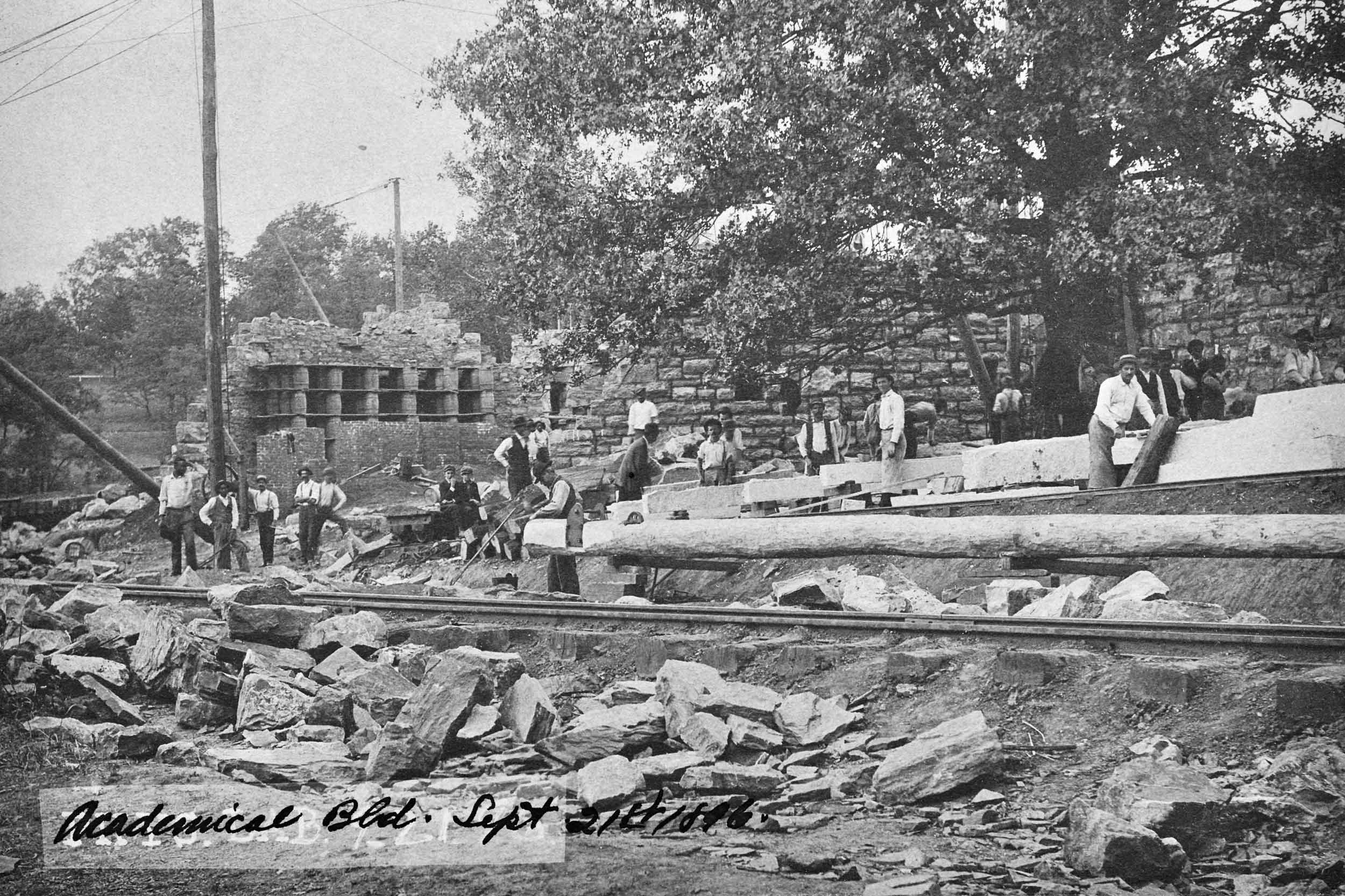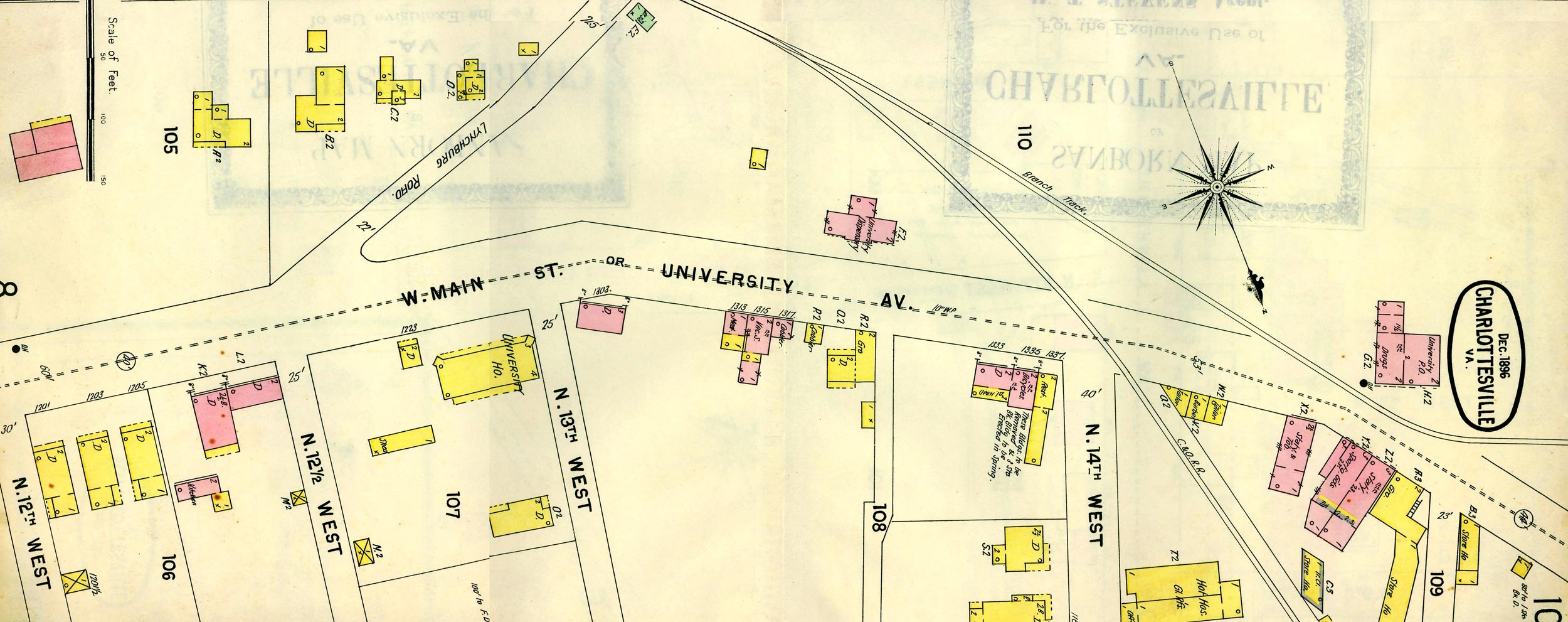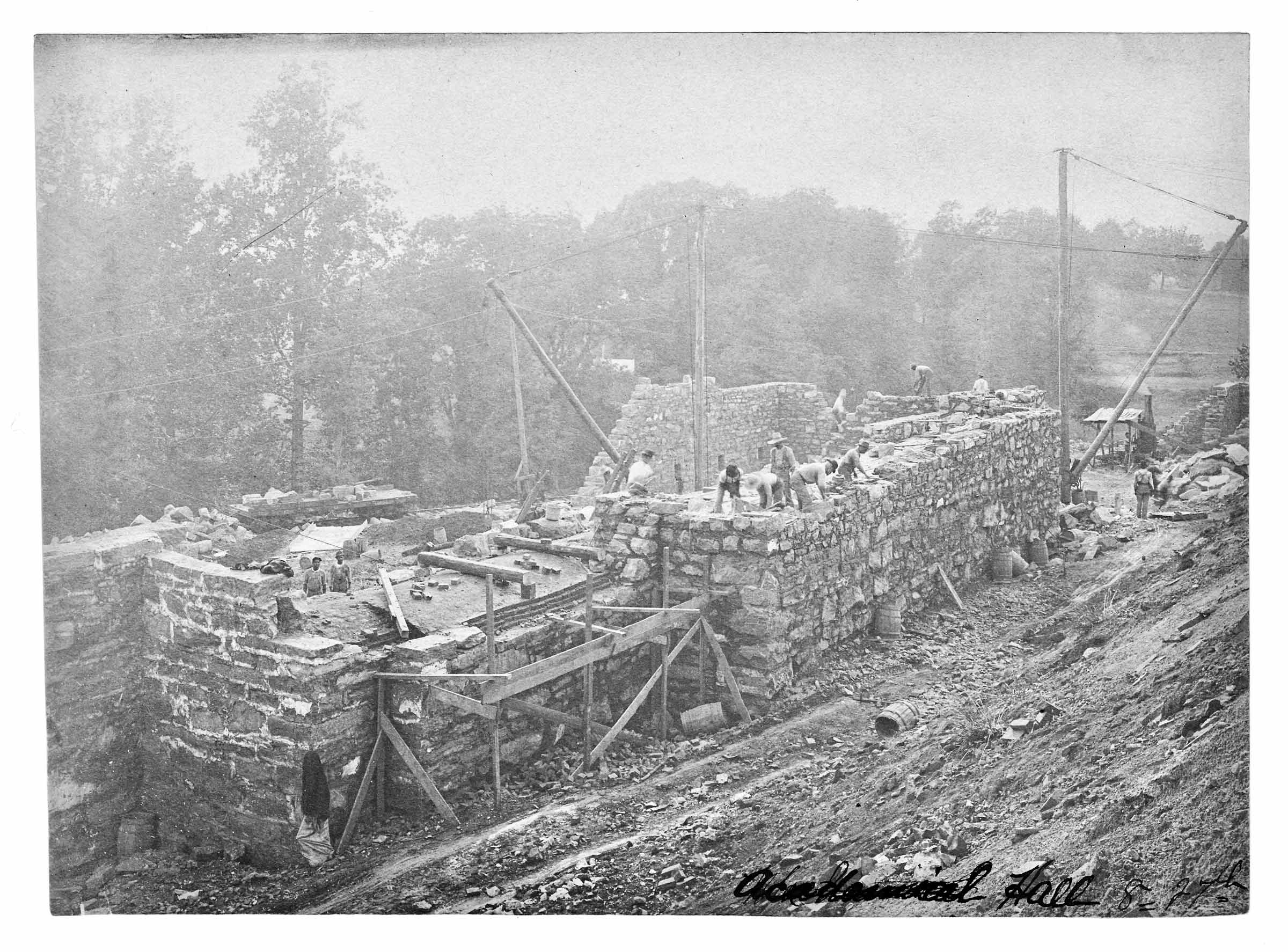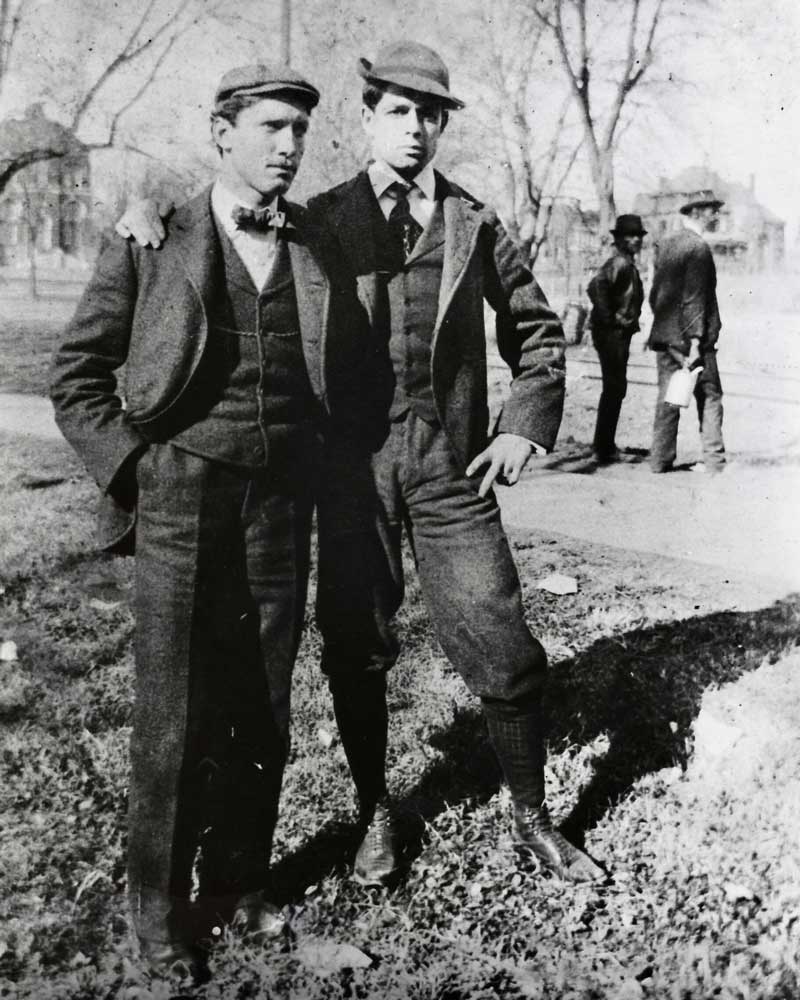“All of the work is being done in an exceedingly substantial and massive manner, the stone foundation walls being unusually heavy because they have to carry the pressure of the earth on the new court which will be piled up against them,” according to a news account in The Daily Progress from July 31, 1896.
The rail line was not without its mishaps, however. In November 1896, a freight car loaded with sand overturned.
The Nov. 13, 1896, news account in The Daily Progress blamed the accident on the age of the rail car and that the load had shifted. It said two brakemen leapt from the car to keep from being injured and nearby students were also spared.
“Several students were waiting to pass and if the car had turned over just a few feet further back they might have been terribly injured,” the paper reported.
Aside from freight, the line brought government officials from Richmond to Charlottesville to survey the work, according to a Feb. 3, 1898, report in The Daily Progress.
While the rail line was an essential element of the reconstruction process, it was not considered aesthetically pleasing.
“The railroad track through the Grounds which has for so long been an eyesore, is now being taken up,” The Daily Progress reported on Feb. 3, 1898.
After the track was taken up, the rail bed became a road around the end of the Academical Village.
“Another important change has been made in the plan of the University Grounds,” according to a report in The Daily Progress on Jan. 13, 1898. “The road which formerly ran across the lower part of the lawn has been moved so as to go around the new academic buildings, between the boiler house and buildings and then joins the south end of the West Range.”








